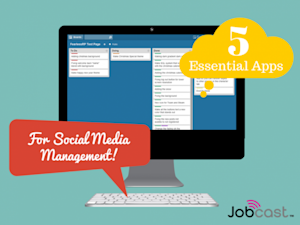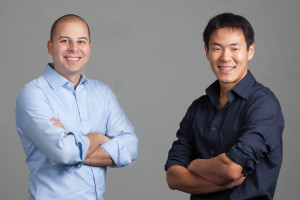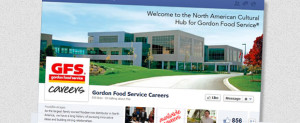May 26
Recently I've been working with several new Jobcasters on their social media branding. This has got me thinking a lot about just how difficult it can be to get started with social. There's just so much information out there, so many different "Must Use" social platforms, "Best Practices", and gigantic lists of "Essential Apps" that you "Can't live without!" It's terrifying. One of my favorite blogs, BufferBlog.com, recently put out a list of the 61 best social media tools for small business. This is awesome... For me, and community managers like me.... But I would never send something like this to a client who has just begun the process of building their organization's employer brand! To be honest, Buffer's list left even me feeling …Read More









